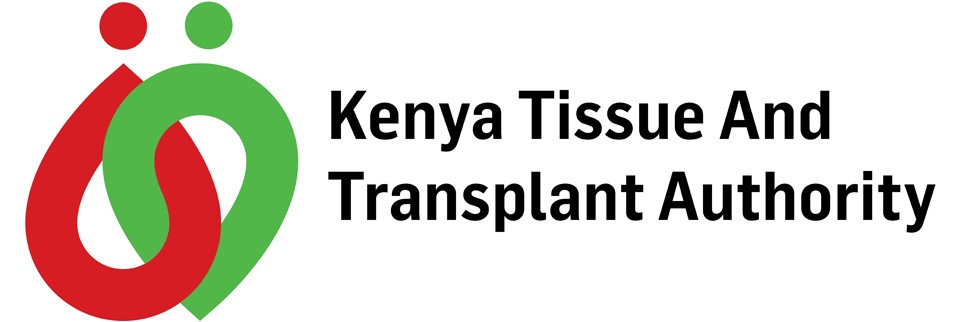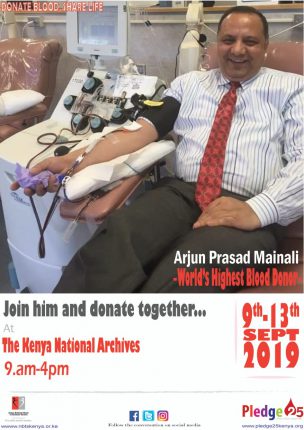WORLD’S HIGHEST ACTIVE BLOOD DONOR IN KENYA
The highest blood donor in the world one Arjun Prasad Mainali will be visiting Kenya on 10th of September 2019.
Mainali who is a citizen of the United States of America and a native of Nepal has donated blood for 171 times and has reached millions of people globally with blood donation messages in his numerous crusades and blood donation campaigns.
Out of the 171 donations he has made, 122 of them were whole blood while 49 were platelets concentrates. He has been donating blood for the last 32 years. Cumulatively Mr. Mainali has donated a total of 85.5 liters of whole blood and platelets combined. Going by the World Health Organization (WHO) standards of one unit of blood saving 3 lives, he has saved the lives of 513 people.
The award winning donor has been awarded Leo of the Year Award, Presidential Volunteer Service Award, Certificate of Special Congressional Recognition, Leader of the Year from Nepalese Association in Southeast America among others.
In receiving this global leader, the Kenya National Blood Transfusion, Tissue and Human Organ Transplant Service will conduct a weeklong blood drive from 9th to 13th September at the Kenya National Archives grounds in Nairobi CBD. Mr Mainali and our highest male and female blood donors Alpha Kennedy Sanya and Aisha Dafalla respectively are expected to donate blood on the 11th September 2019 at 11.00am at the venue.
The activity that is expected to be graced by high profile government and corporate leaders will serve as a platform for education, advocacy, promotion and awareness creation among the Kenyan public on the importance of blood donation.




